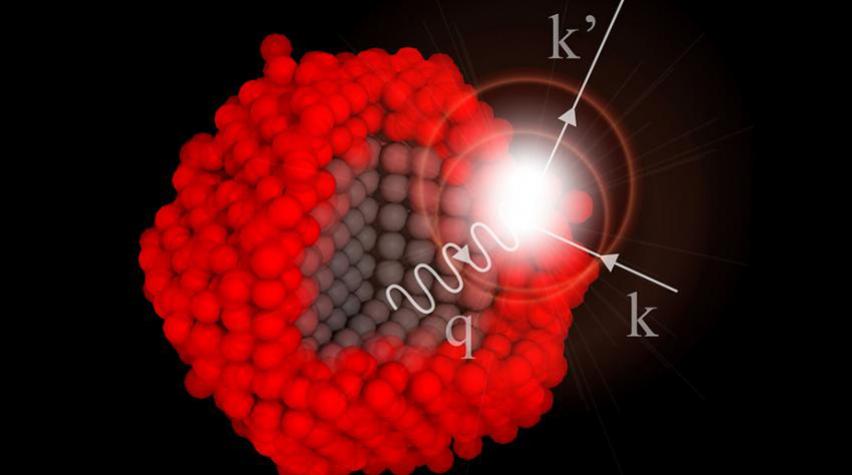
Vibrations of the outermost atomic layer of materials in nanosize significantly affect material behavior, according to new researcher out of Switzerland's ETH Zurich. The finding suggests that performance for various materials could be boosted by regulating vibrations.
Small means more vibrations
All materials composed of atoms vibrate, and these vibrations, known as phonons, dictate how electric charge and heat travel through a material. But until recently, it was not understood what happens to these vibrations in materials in nanosize.
The recently published study, which appeared in the journal Nature, shows that vibrations in materials in nanosize affect behavior and that this understanding can be used to our advantage. The study shows that when materials are made smaller than about 10 to 20 nanometers, vibrations of outer atomic layers on a nanoparticle's surface are large and affect how the material behaves.
Regulating vibrations for improved performance
The research also shows that for work in areas such as catalysis, thermoelectrics, or superconductivity, these larger vibrations can be useful. Likewise, when creating LEDs or solar cells, for example, suppressing these vibrations should improve a material's performance. In fact, the paper provides an explanation of why nanoparticle-based solar cells have not met their full promise. It also goes on to explain how its is possible to work with nanomaterial semiconductors made of colloidal nanocrystals to reduce vibrations at nanosize.
For more information, see the press release and published article.


